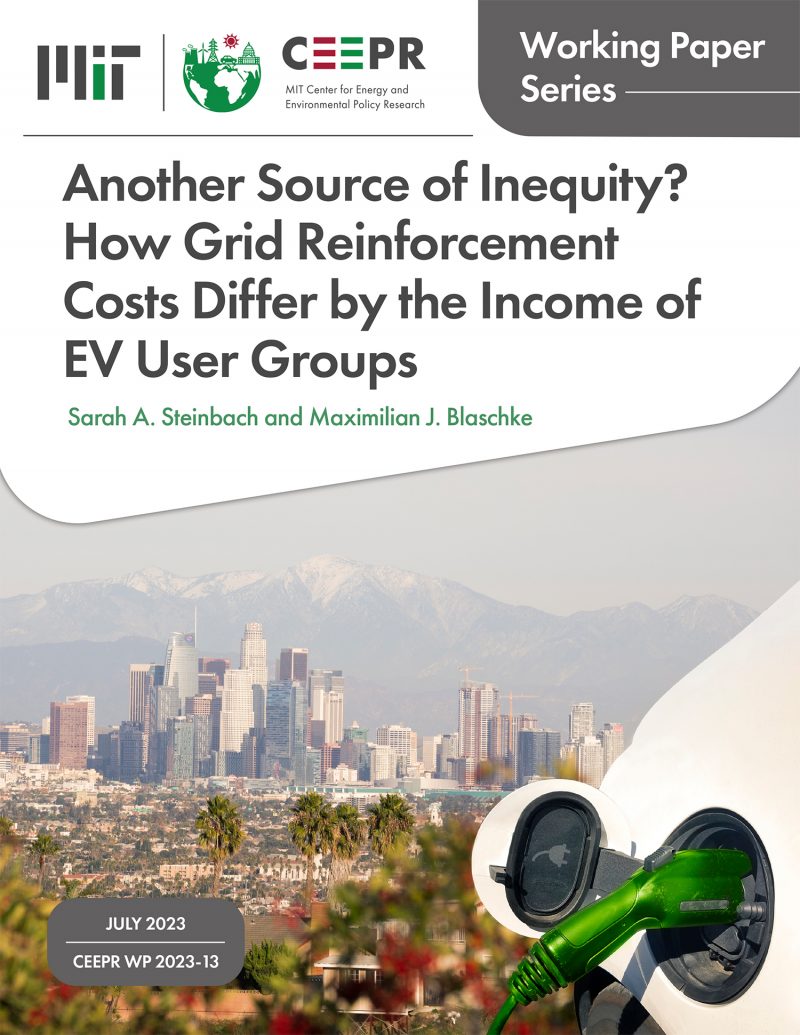Another Source of Inequity? How Grid Reinforcement Costs Differ by the Income of EV User Groups
Sarah A. Steinbach and Maximilian J. Blaschke
July 2023
The power demand for electric vehicles in future mobility scenarios may lead to peaks and overloads threatening grid stability. The necessary infrastructure investments vary by the number and model type of vehicles driven and the residents charging preferences. These attributes significantly depend on socio-economic factors such as income. Our power flow simulations predict massive cost asymmetries up to 33-fold in higher-income compared to lower-income neighborhoods. This effect could amount to a cost asymmetry of up to €14 billion on an EU level. Hence, grid operators will have to prioritize higher-income neighborhoods in their planning. As many grid operators redistribute their costs through an across-the-board electricity price increase for all households, the high infrastructure costs could lead to unwanted inequitable costing allocation. Policymakers should consider countermeasures like dynamic electricity pricing schemes, peak power pricing, or income-based electric vehicle subsidies to ensure energy equity in future mobility scenarios.
Keywords: electric vehicles; electric grid; grid planning; socio-economic factors; energy equity



